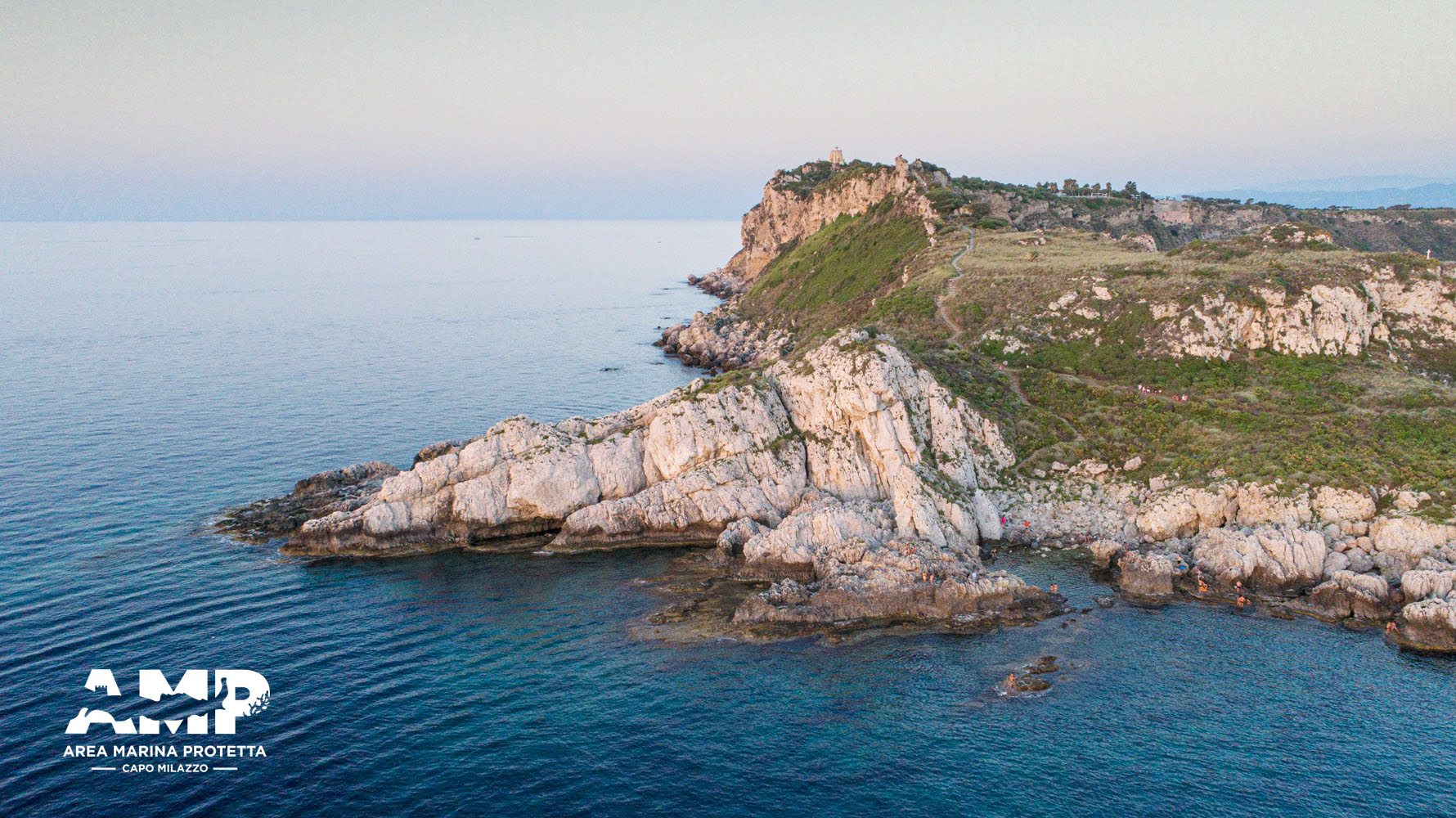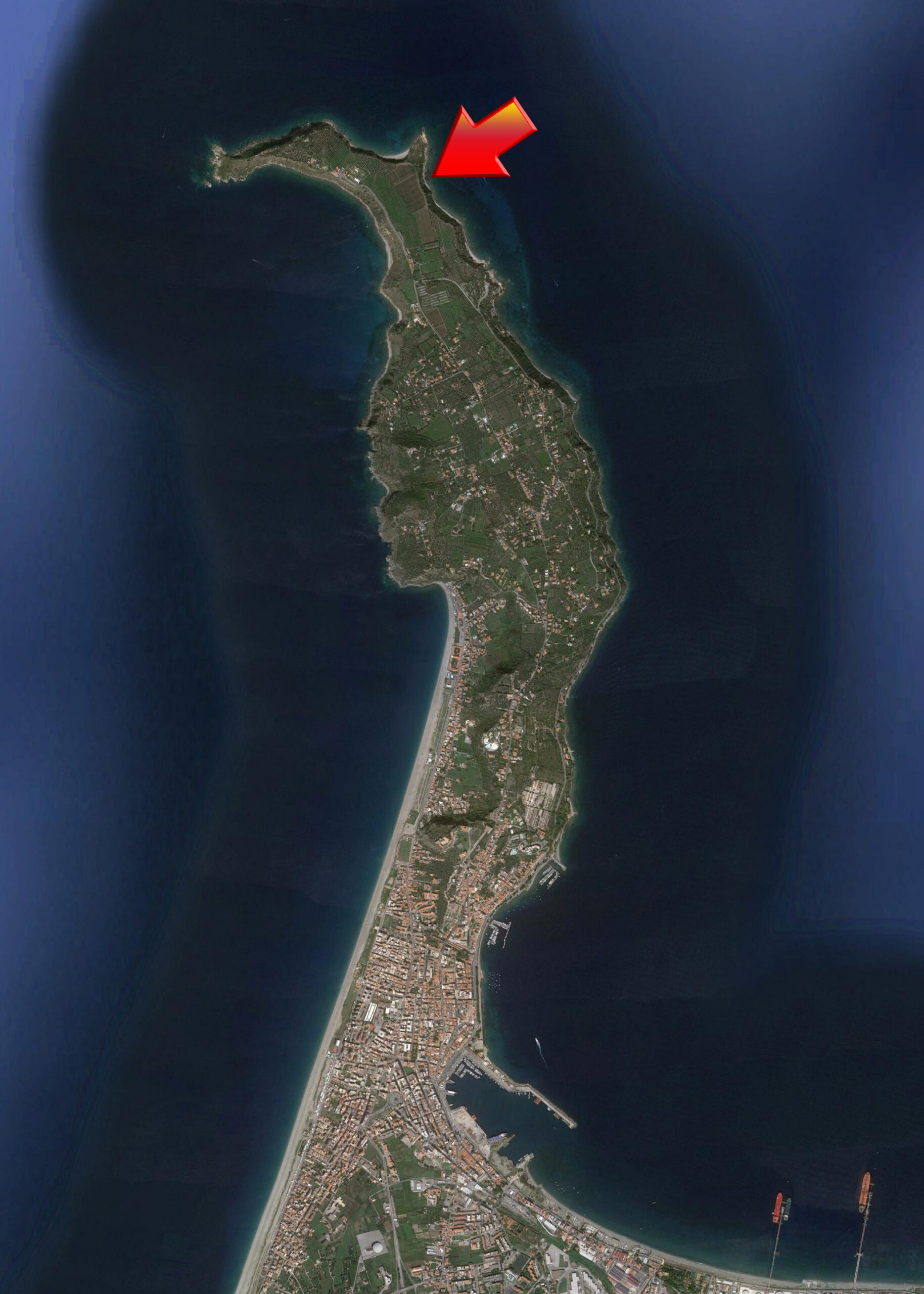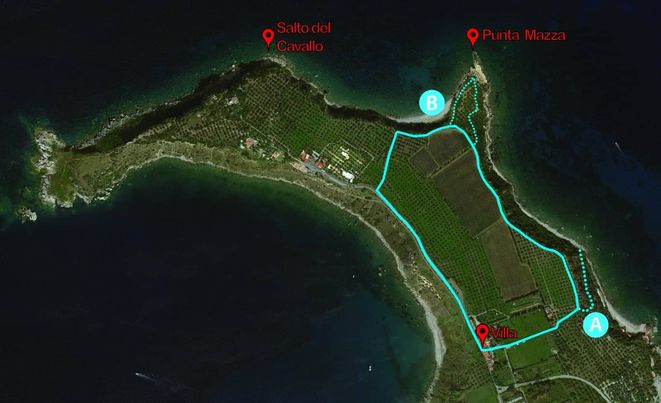Trail length:
2.5 km (to Punta Mazza 1.5 km)
Trail duration:
60 min (to Punta Mazza 30 min)
Difficulty level:
Very easy (suitable for children)



Trail length:
2.5 km (to Punta Mazza 1.5 km)
Trail duration:
60 min (to Punta Mazza 30 min)
Difficulty level:
Very easy (suitable for children)
For almost a century, after it was once again taken by the Angevins in 1341 and until the beginning of the 17th century, Milazzo was at the centre of numerous troubled wars linked to the feudal conflicts that bloodied Sicily. During the Spanish domination, the town increased its strategic importance. The most important and imposing fortifications of the historic Castle date from this period and can still be admired today. It was also several times the seat of the Viceroy and Lieutenants of Sicily.
For almost a century, after it was once again taken by the Angevins in 1341 and until the beginning of the 17th century, Milazzo was at the centre of numerous troubled wars linked to the feudal conflicts that bloodied Sicily. During the Spanish domination, the town increased its strategic importance. The most important and imposing fortifications of the historic Castle date from this period and can still be admired today. It was also several times the seat of the Viceroy and Lieutenants of Sicily.
For almost a century, after it was once again taken by the Angevins in 1341 and until the beginning of the 17th century, Milazzo was at the centre of numerous troubled wars linked to the feudal conflicts that bloodied Sicily. During the Spanish domination, the town increased its strategic importance. The most important and imposing fortifications of the historic Castle date from this period and can still be admired today. It was also several times the seat of the Viceroy and Lieutenants of Sicily.
The Baronia, an ancient feud of the Baeli family (from the first decades of the 17th century) covers an area of almost 65 hectares. It passed to the Lucifero family in 1751. The last descendant of the family arranged for all her estate to be used for a charitable purpose: to help disadvantaged children. To follow the noblewoman's wishes, a foundation was established, named after the memory of Baron Giuseppe Lucifero di San Nicolò. Of considerable naturalistic interest, the property preserves evidence of settlements dating back to the Neolithic period (5th millennium B.C.) with classical and Byzantine remains. The aristocratic dwelling, dating back to the mid 17th century and renovated in the late 19th century, still retains its past agricultural use, which is evidenced by the presence of structures dedicated to the production of wine and oil. Attached to the villa is the chapel of San Nicolò; as Piaggia himself tells us, this little church was originally located on the high ground now occupied by the lighthouse and was moved here, in a new building, by Baron D. Onofrio Baeli. Onofrio Baeli. Besides this one, there are other historical villas on the Cape that deserve mention: Villa Bonaccorsi (Villa Elvira) in contrada Addolorata, Villa Ryolo, Villa Muscianisi or Villa Lucrezia and Villa Calcagno.
For views of Baronia and/or the nature trail, contact the secretariat of the 'Baron G. Lucifero Foundation'. Lucifero di San Nicolò".
Tel. 0909221402 (or "Gigliopoli" - tel. 0909281274).
Alternatively, send an e-mail to: fondazionelucifero@tiscali.it
Isgrò C. Guida alla natura di Capo Milazzo, Milazzo 2016